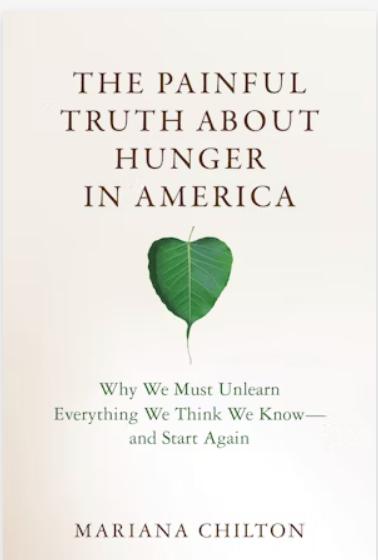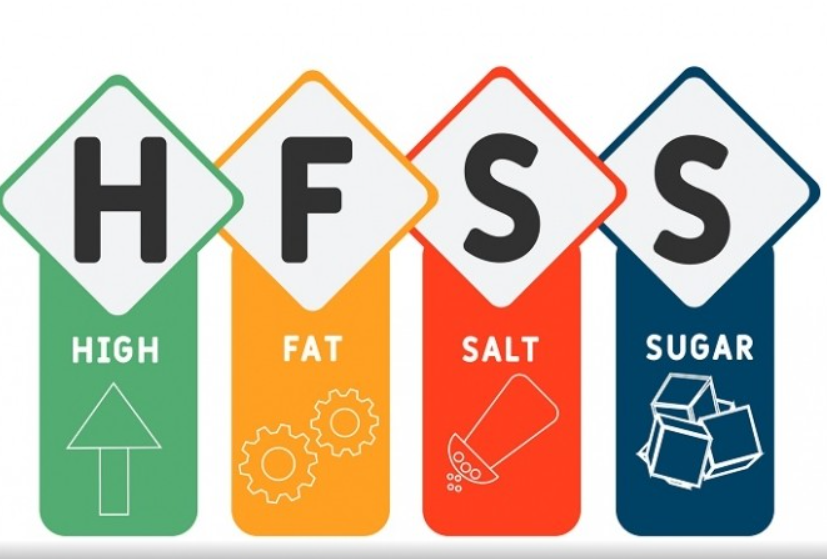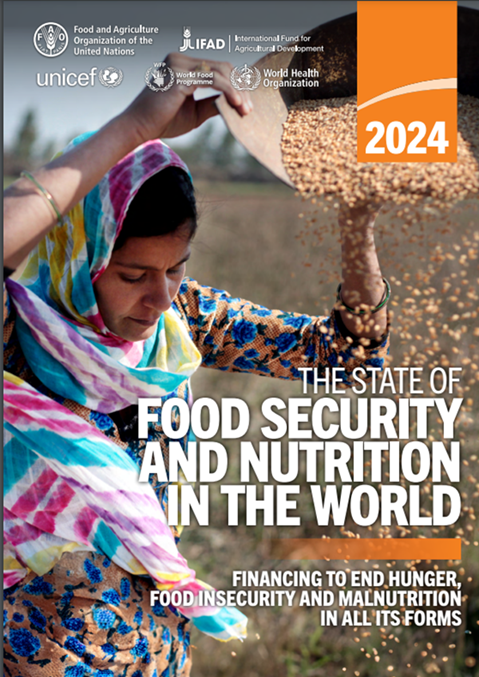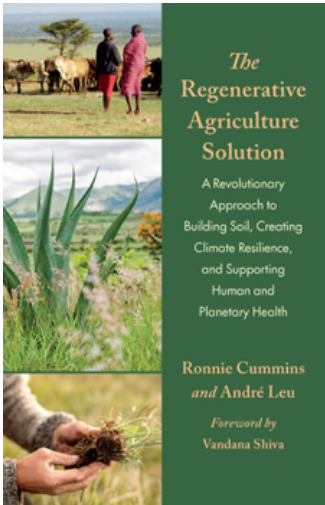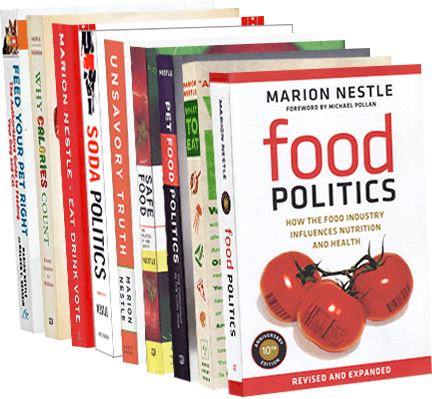Industry-funded study of the week: maple syrup
Thanks to Jim Krieger of Healthy Food America for this one.
Substituting Refined Sugars With Maple Syrup Decreases Key Cardiometabolic Risk Factors in Individuals With Mild Metabolic Alterations: A Randomized, Double-Blind, Controlled Crossover Trial. Arianne Morissette, Anne-Laure Agrinier, Théo Gignac, Lamia Ramadan, Khoudia Diop, Julie Marois, Thibault V Varin, Geneviève Pilon, Serge Simard, Éric Larose, Claudia Gagnon, Benoit J Arsenault, Jean-Pierre Després, Anne-Marie Carreau, Marie-Claude Vohl, André Marette. The Journal of Nutrition, Volume 154, Issue 10, 2024, Pages 2963-2975. https://doi.org/10.1016/j.tjnut.2024.08.014.
Methods: In a randomized, double-blind, controlled crossover trial with 42 overweight adults with mild cardiometabolic alterations, participants were instructed to substitute 5% of their total caloric intake from added sugars with either maple syrup or an artificially flavored sucrose syrup for 8 wk.
Results: Replacing refined sugars with maple syrup over 8 wk decreased the glucose area under the curve when compared with substituting refined sugars with sucrose syrup, as determined during the oral glucose tolerance test, leading to a significant difference between the intervention arms.
Conclusions: Substituting refined sugars with maple syrup in individuals with mild metabolic alterations result in a significantly greater reduction of key cardiometabolic risk factors compared with substitution with sucrose syrup, in association with specific changes in gut microbiota.
Funding: This study was funded by the Producteurs et productrices acéricoles du Québec (PPAQ) and the Ministère de l’Agriculture, des Pêcheries et de l’Alimentation du Québec (MAPAQ). The sponsors had no role in study design, in the collection, analysis, and interpretation of data, in the writing of the report, or in the decision to submit the article for publication.
Conflict of interest: A. Marette reports financial support was provided by the Producteurs et productrices acéricoles du Québec, Ministère de l’Agriculture, des Pêcheries et de l’Alimentation du Québec, and Producteurs et productrices acéricoles du Québec.
Comment: I do love maple syrup, the real stuff. So does Jim Krieger, or so he tells me. But this is one of those studies with a title that instantly triggers the question, “Who paid for this?” It also has an entirely predictable outcome.
I get asked all the time: What’s wrong with this?
I wrote a book to answer this question: Unsavory Truth: How the Food Industry Skews the Science of What We Eat.
In brief:
A large body of research demonstrates that food industry funding skews research design, outcome, and interpretation.
Industry influence often occurs at an unconscious level; recipients do not intend to be influenced, do not recognize the influence, and deny it.
The purpose of industry-funded research is marketing, not science.
Industry funding damages the credibility of nutrition research.
I was in Montreal last week and bought some maple sugar candy. I can understand why Quebec maple syrup producers want to sell more of it.
To argue that maple syrup is a health food makes sense from a marketing perspective. Otherwise not. Maple syrup is sugar, especially deliciously flavored.

